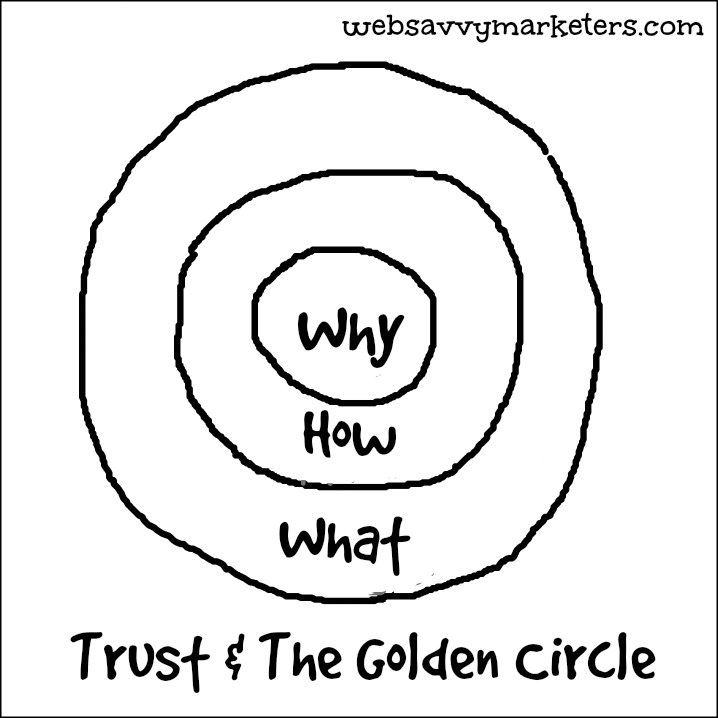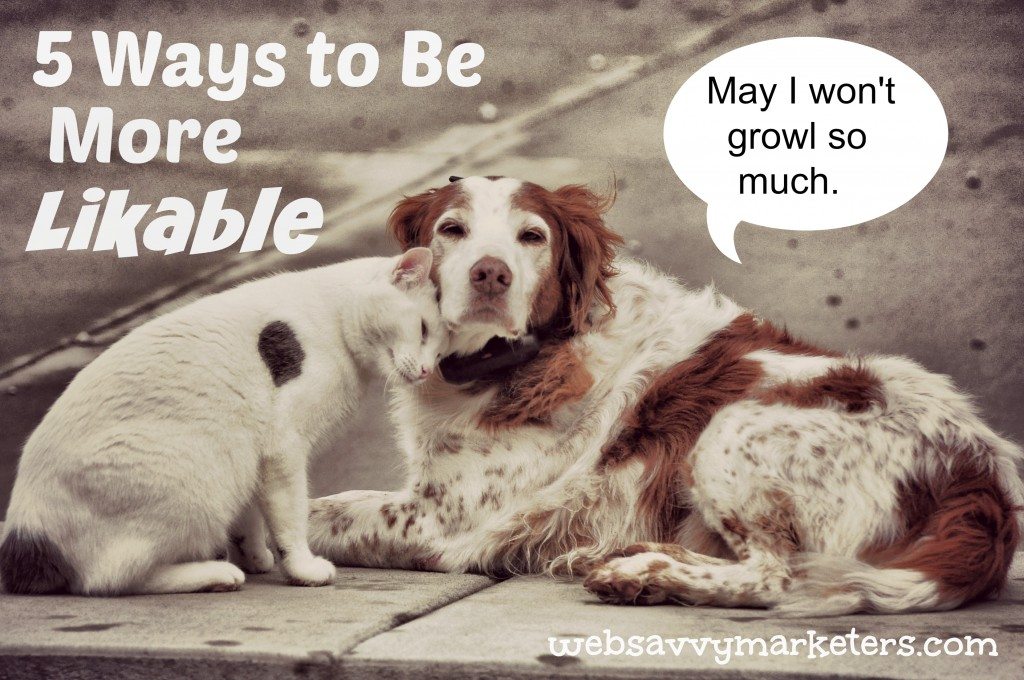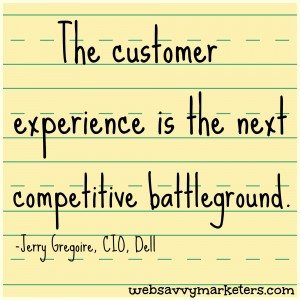 It’s Women’s History month and if you’re a woman in manufacturing, Congratulations! You make up 36% of the manufacturing workforce in the state. That percentage is amazing! Although women have worked in U.S. manufacturing since World War I, the field hasn’t increased in popularity much for women. But it hasn’t decreased, either. Currently, women make up about 29 percent of U.S. manufacturing workers.
It’s Women’s History month and if you’re a woman in manufacturing, Congratulations! You make up 36% of the manufacturing workforce in the state. That percentage is amazing! Although women have worked in U.S. manufacturing since World War I, the field hasn’t increased in popularity much for women. But it hasn’t decreased, either. Currently, women make up about 29 percent of U.S. manufacturing workers.
Women thrive when surrounded by other females’ support and comradery. Their hard-working attitude and specific talents already bode well in manufacturing. But an added boost of female fellowship goes a long way in creating confident co-workers and leaders. The power of female connection is like none other; so, it’s no surprise that they build strong professional communities together.
Web Savvy Marketers certainly will not suffer from FOMO (fear of missing out) when it comes to this involvement and connection. For that reason, we are actively involved in the Connecticut Chapter of Women in Manufacturing Association (WiM) as well as ElevateHER – CT’s Women Manufacturing Advisory Council.
WiM offers the ability to establish connections with your peers via networking events (aka, meeting new people over a couple cocktails) and plant tours, while providing industry insight and education in a variety of ways. Upcoming CT chapter events, open to members and non-members, include a happy hour at Jasper White’s Summer Shack & Mohegan Sun Casino in Montville on April 24, after the first day of the Design 2 Part Show. Also on the agenda is the CONNverge – CT WiM Conference on May 23 in Bristol. A keynote speaker, panel discussion, networking reception and more are included in the event registration. We hope you can join us at these events!
Participating in WiM on the national level is another great way for women to connect across state lines and become educated in the field. Membership offers attendance at national events and conferences, virtual career fairs, networking groups, Moms in MFG, webinars presented by women in manufacturing discussing everything from leadership on the shop floor to personal finances to caring for aging parents, and other topics that specifically peak women’s interests.
Manufacturing must work hard to attract young women and girls. This is the goal of ElevateHER Advisory Council, another group in which Web Savvy Marketers is active. The council advises the chief manufacturing officer in Connecticut on promoting manufacturing opportunities for females, even school-aged ones. The group recently created three committees – Development, Experience, and Networking – and is working on setting up the infrastructure for this initiative. Follow the council on LinkedIn and find out how to get involved. See you there!
Supporting the women in your facility is a great recruitment tool. Companies that create solutions to challenges faced by their female employees, see their retention rates improve. Also, open your doors by making tours a regular practice – not just in October. When younger women tour a plant and see other women, both young and seasoned professionals (I refuse to say ”old”), it makes them feel like they belong.
For more information about these organizations and programs created to recruit more women into your business, Contact Us. We would be happy to help you on your journey. Enjoy the rest of Women’s History Month!








